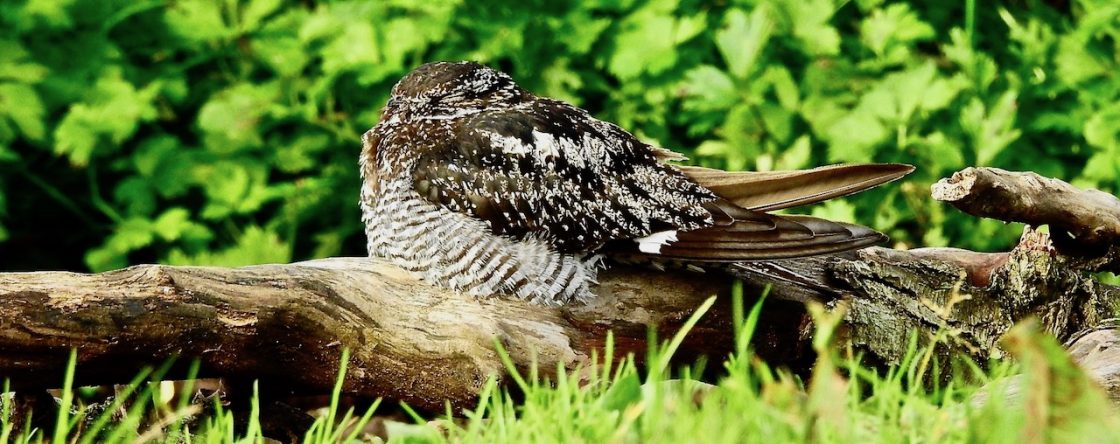
Not only did Brian Woolley find a stonking Broad-Billed Sandpiper at Marshside this afternoon, but he found it resting up just a few metres from the Sandgrounders Hide screens, giving breathtaking views.
Brilliant Brian!
While there have been a few on the marsh over the years, this was the first gettable one in a long time – my second “marsh tick” in a week or so – the place is on form.
Better than the stilt? Whisper it quietly, but probably, yes.
If there is a correlation between the desirability of a species at Marshside and the number of skid marks left by rapidly arriving motors in the car park, then BBS must be near the top of the list.
I have seen a few Broad-Billeds in the UK over the years, but never one as close as this.
Very shaky videos on You Tube here, here and here. Sorry I was too excited – grown-ups will have better.
The sandpiper was chilling on the bank of the Sandplant Lagoon when I first arrived, just a metre or so from a Canada Goose, blinking in the sun, and showing off that wonderful head pattern and bill….

After a time the Canada Goose lumbered towards the marsh mega and the sandpiper scurried off to the shallows and muddy edges of the lagoon.
Swoon.



A wonderful bird, I left it getting in touch with its inner Jack Snipe, crouching down amongst the muddy edges, but I’m sure this beauty kept delighting its growing audience for a good while after…

Thanks again Brian.
Lots of happy Marshside birders this evening.
























































